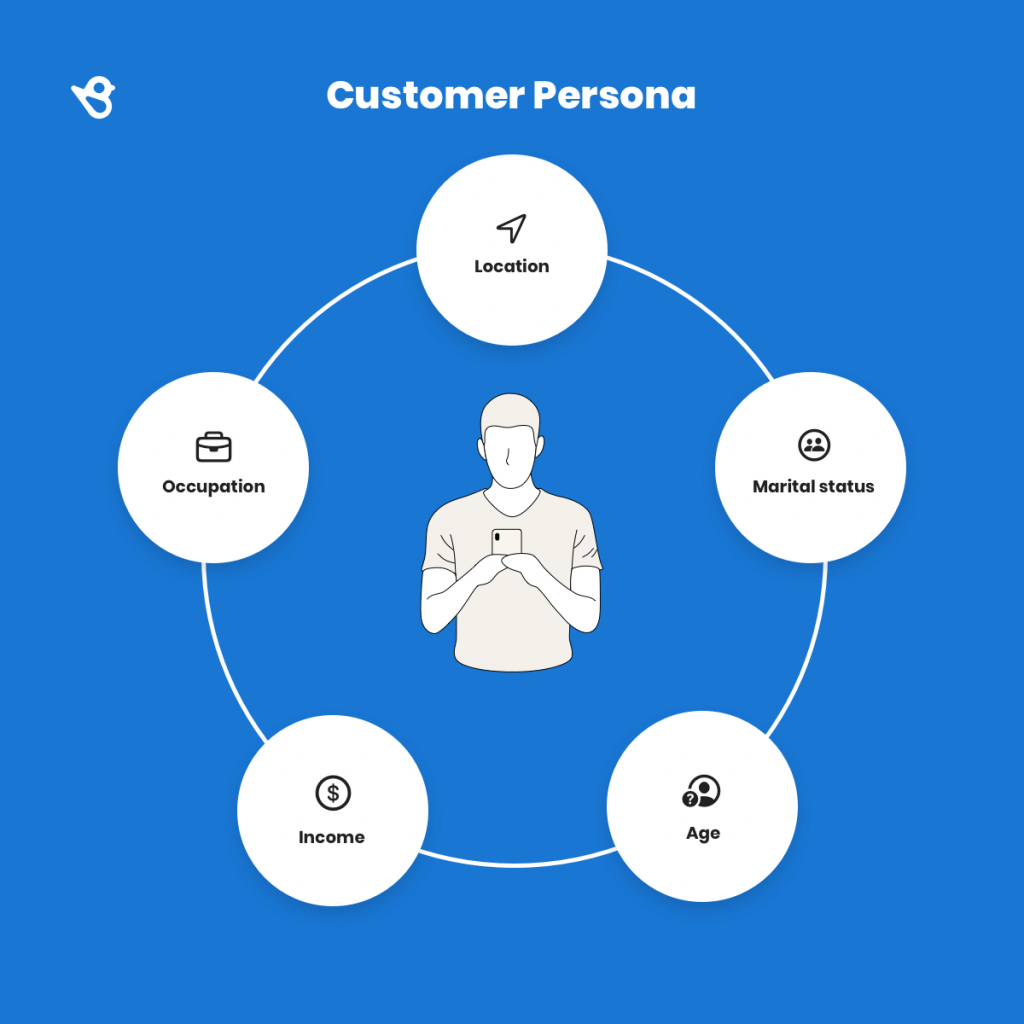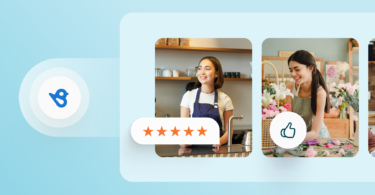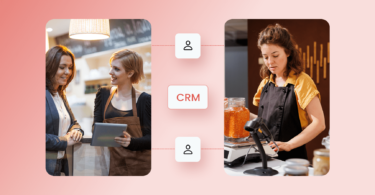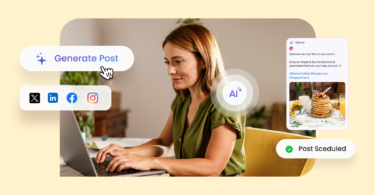“One thing I love about customers is that they are divinely discontent. Their expectations are never static- they go up. It’s human nature.”- Jeff Bezos
No matter how hard your team works to exceed customer expectations, the job is never done. It’s a constant work in progress. In this guide, we’ll discuss the 5 different types of customer expectations and how managers can put the right processes in place to ensure that they are constantly staying ahead of them.
Table of contents
What are customer expectations?
When a customer interacts with your business, they will have an idea of how they would ideally like for your team to interact with them and deliver a great experience. Ultimately, your business is judged on how well it is doing to meet and exceed these customer expectations.
5 types of customer expectations
Here are 5 types of customer expectations that every manager should keep in mind.
Explicit expectations
Explicit expectations are specific targets that customers are looking for when they seek out your product or service. For example, a customer may come to an automotive dealership expecting a certain price range and minimum miles per gallon.
Implicit expectations
Implicit expectations are what customers have come to expect as table stakes from businesses in your vertical. These expectations are typically based on previous experiences with your competitors and what they’ve heard from family and friends.
Interpersonal expectations
Interpersonal expectations are what customers expect during person-to-person interactions with your team members, usually during customer service. Typically, customers expect your employees to be professional, experts in their field, friendly, and courteous.
Digital expectations
Digital expectations relate to the interactions that customers have with your brand online. While customers were steadily turning towards digital for years, COVID-19 accelerated this trend. The onset of the pandemic saw a 10% increase in the online customer base across verticals. That means it’s become critical for your website to be easy to discover and easy to navigate.
Dynamic performance expectations
Dynamic performance expectations relate to how a product or service is expected to change over time. These changes are related to shifts in the overall environment, customer needs, and your business goals. One example is how many businesses shifted to delivery and curbside pickup during the COVID-19 lockdowns.
Why do these matter to you?
Ultimately, offering a fantastic customer experience requires understanding all 5 of these different types of expectations. If a business is able to offer world-class interpersonal experiences but cannot be flexible and adapt to dynamic performance expectations, it will not be able to exceed customer expectations.
Managing customer expectations
Businesses need to take steps to manage customer expectations. If expectations are too high, the experience will inevitably end with disappointment.
- Provide transparency– The first step to avoiding unrealistic customer expectations is by providing transparency into your process. Avoid making extravagant claims upfront. Ensure that your representatives are ready to have an open and honest conversation about what your business can and can’t offer.
- Benchmark with competitors- Remember that your customers’ expectations are partially based on what your competitors are doing. Be sure that you monitor the overall sentiment of your competitors’ customers on review sites so you can immediately identify areas where they are excelling and improve your operations accordingly.
- Aim for a consistent experience- Consistency is key for managing customer expectations. A consistent experience means customers will know what they can get from your brand, no matter which location they go to.
How your team can exceed customer expectations
Now that we’ve covered some of the ways you can manage customer expectations, let’s talk about how your business can go above and beyond in all five 5 types of expectations.
Build a winning culture
Ultimately, exceeding customer expectations is all about having the right culture and processes in place. You can start building a winning culture by writing a customer experience intent statement. This is a short 1-2 paragraph aspirational statement that defines how you want customers to perceive interacting with your brand. Here’s an example.
“Every time we interact with customers, we respond as promptly as possible and make sure that the conversation is not over until the question the customer has, is resolved. That requires both listening to the customer and collaborating with fellow employees. We collect feedback from customers, both satisfied and dissatisfied, to better understand how we can exceed the expectations of our customer base. “
Once you have an intent statement, it’s up to leadership to get buy-in from individual employees. Across the organization, team members must understand the importance of exceeding customer expectations and understand the steps that they can take to achieve these goals. Employees who succeed in exceeding customer expectations should be rewarded and recognized, so the entire company can see that leadership values those who are able to exemplify the intent statement.
Understand your persona
No business on Earth can make every customer happy. Different people and different demographics might have vastly different ideas of what makes an excellent customer experience. But the best brands win by honing in on how they can exceed expectations for a target persona.

To build a target persona, look at some of the most loyal customers that you’ve had in the past. You can do this by talking to customers on the phone or sending out surveys. Once you have this information, see what kind of characteristics these customers have in common. Afterward, you can tailor your customer experience for customers with these characteristics. For example, a real estate business might find they are best at serving younger clients who are looking for their first house. In this case, the business might excel by providing educational content about exploring the housing market for the first time.
Offer an omnichannel experience
Remember, consistency is key. Whether a customer is contacting one of your locations through phone, email, text, or Facebook Messenger, they are expecting the same experience. A poor experience on one of these channels might tarnish your reputation in a customer’s eyes forever. According to Salesforce, 47% of customers stop buying from businesses after a negative experience.
Offering an omnichannel experience is almost impossible without having the right tools in place. With all the different channels that customers and prospects can contact you from, it’s very easy for queries to be missed. A platform like Birdeye can help you stay on top of all text messaging software and ensure that no matter what channel a customer contacts you from, they’re responded to in a timely manner.
Regularly collect customer feedback
To keep track of constantly shifting customer expectations, collect customer feedback in the form of reviews and surveys. This feedback will help you better understand what customers are expecting and how they feel about your current services.
We’ve seen that reviews and surveys typically work well together to identify issues with customer experience. Amanda Knight, Supervisor at Hillcrest Animal Hospital, described her process to us. When she sees multiple bad reviews for an individual location, she uses surveys to collect in-depth feedback about the problem. That gives her the information she needs to deal with the issue effectively.
FAQs about customer expectations
To exceed customer expectations, you need to provide a customer-friendly experience from the moment customers contact your business through every step of their journey. To do this, you must make customer service your top priority by personalizing the experience, providing consistent service across all channels, delivering on promises in a timely fashion, and continuously seeking feedback so you can make improvements.
Customer expectation management is the practice of understanding customer needs and expectations and working to meet or exceed them. This involves using customer data and insights to develop strategies that provide a positive customer experience.
The 3 main customer needs are quality customer service, proactive communication, and consistent, personalized customer service across all channels.
Customer needs are important because they drive customer satisfaction and loyalty. Meeting customer needs and exceeding expectations helps businesses build strong relationships, increase customer retention, and drive revenue growth.
To meet customer needs and expectations, businesses need to focus on customer engagement strategies that deliver quality customer service and a personalized experience. By seeking customer feedback, you can make further improvements that exceed expectations.
How you can build a winning customer experience
Want to know more about how your business can exceed customer expectations? We’ve put together this Ultimate Guide to Customer Experience to help you understand the tactics and strategies that set the best businesses apart from the competition. It includes some tips that you can’t find anywhere else.

Originally published









